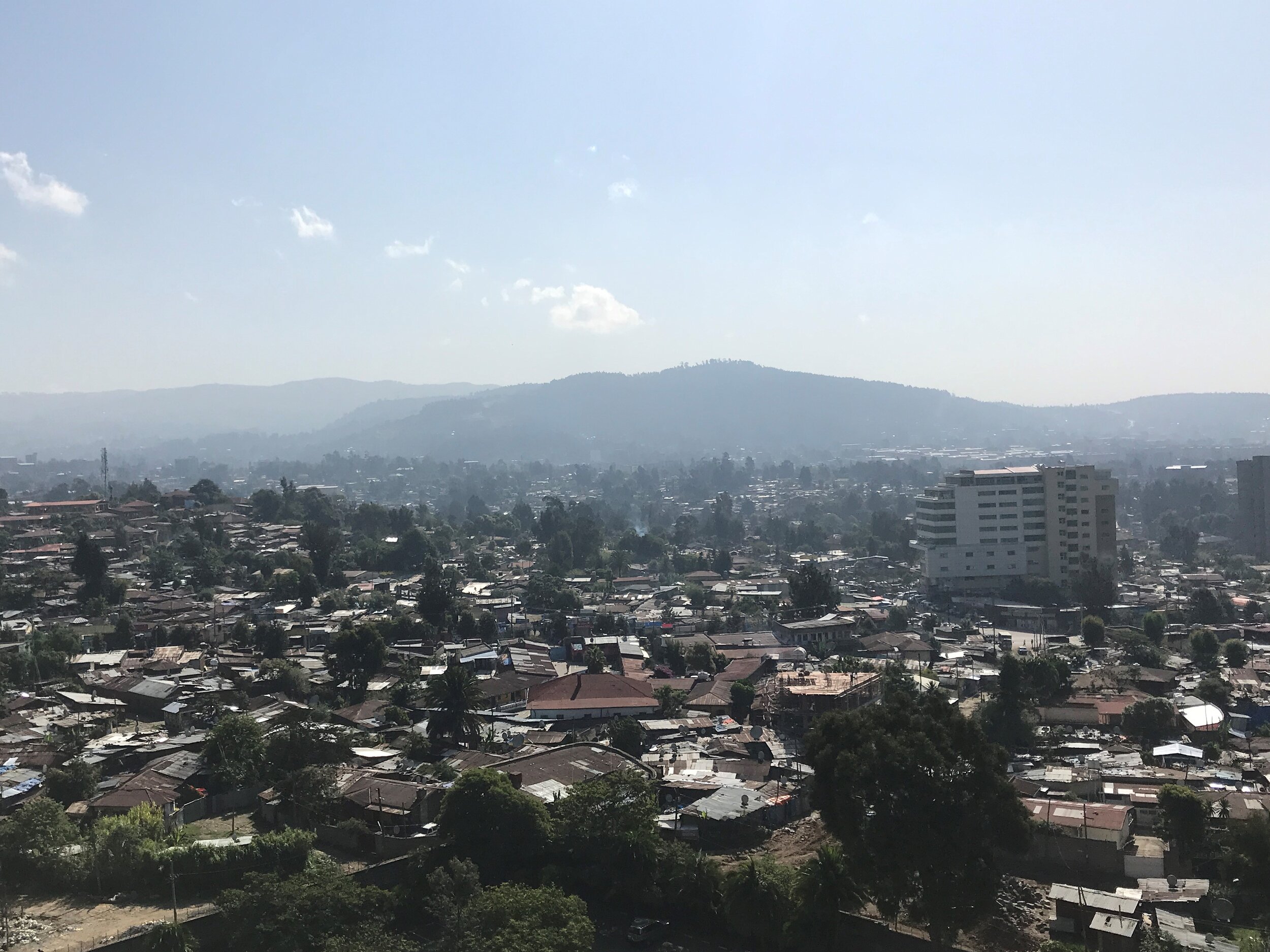Continent of Africa
There are 54 countries on the continent of Africa - as recognized by the United Nations (UN). Sadly in 2021 there are only a handful of countries on the continent that have an outright ban on the use of Asbestos. They are:
Algeria, Djibouti, Egypt, Gabon, Mauritius, Mozambique, and South Africa (according to International Ban Asbestos Secretariat – July 2019).
Africa has a storied history with Asbestos, being one of the world’s biggest exporters of the deadly material for over a hundred years.
South Africa, where a huge amount of the mineral (Amosite, Crocidolite and Chrysotile) originated from, suffers from significant Mesothelioma (an asbestos related disease) deaths, killing hundreds of the population every year. The figure is suspected to be much higher, and researchers believe that numbers of the unique form of lung cancer are greatly underreported in the country.
For over a century South Africa was once one of the biggest users and exporters of Asbestos in the world. The name Amosite (the mineralogical name for Brown/Grunerite Asbestos) is an acronym for ‘Asbestos Mines of South Africa’, and it is estimated that 10 million tonnes of the mineral were exported from South Africa around the world. On the basis that there is no known safe level of Asbestos exposure, and the fibres that can kill you are microscopic, that is a huge amount of poison to be distributed across the globe. Brown and Blue Asbestos used in a multitude of Asbestos Containing Materials (ACMs) around the world, most likely originated from the mines of the Asbestos Mountains found in the Northern Cape of South Africa. Other large scales mines for Asbestos could be found in Zimbabwe and Swaziland. Asbestos was only eventually banned in South Africa as late as 2008, however the legacy caused by environmental pollution and historical exposure means that Asbestos is still killing people in the country, 20 years after the mines closed.
In Northern Africa, and also in 2008, the Algerian Government decided to ban Asbestos, shutting down four Asbestos cement factories due to health concerns and issues associated with environmental pollution. Egypt, another North African state, banned the toxic material in 2005, however significant damage (in the form of excessive Mesothelioma deaths) has been caused to its population via the Asbestos factories, Asbestos materials and illegal dumping of Asbestos waste.
Within many African countries there remains a large data gap when it comes to exposure to Asbestos and the statistics on Asbestos diseases. Asbestos exposure and disease is occurring, however rates and incidences are underreported, unreported, or misdiagnosed. According to the World Health Organization (WHO) – Regional office for Africa, the use of Asbestos continues on the continent despite global health warnings. The use is particularly prevalent in construction, mining and manufacturing, and because there is a long latency period between exposure and disease, ill health and death, people still do not identify the cause of the illnesses and attribute this to Asbestos. All of this is compounded by an almost complete lack of legislation and enforcement of health and safety regulation.
The WHO have taken a firm stance on Asbestos, and the way forward is clear in what needs to be done in the immediacy. In a recent press conference, the WHO Regional Director for Africa, Dr Matshidiso Moeti, clearly stated “The World Health Organization’s policy on Asbestos is unequivocal and Asbestos-related diseases can and should be prevented. The most efficient way to prevent direct and secondary exposures to Asbestos is to stop the production and use of all forms, including chrysotile,”
A global ban on Asbestos needs to be enforced, for the good of the world and for the developing nations of Africa.
If you have any Asbestos related concerns, contact us to see how Anthesis Consulting Middle East can help you:
Charles Faulkner (Head of Environment, Health and Safety and Asbestos Team Leader)
Phone: +971 (0) 50 5541 320
Email: asbestos@anthesisgroup.com

